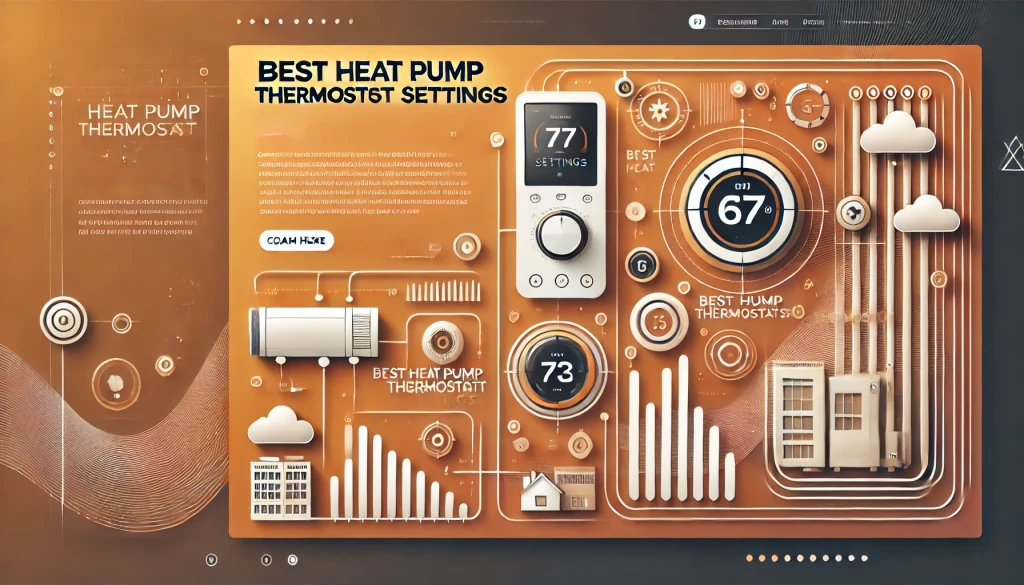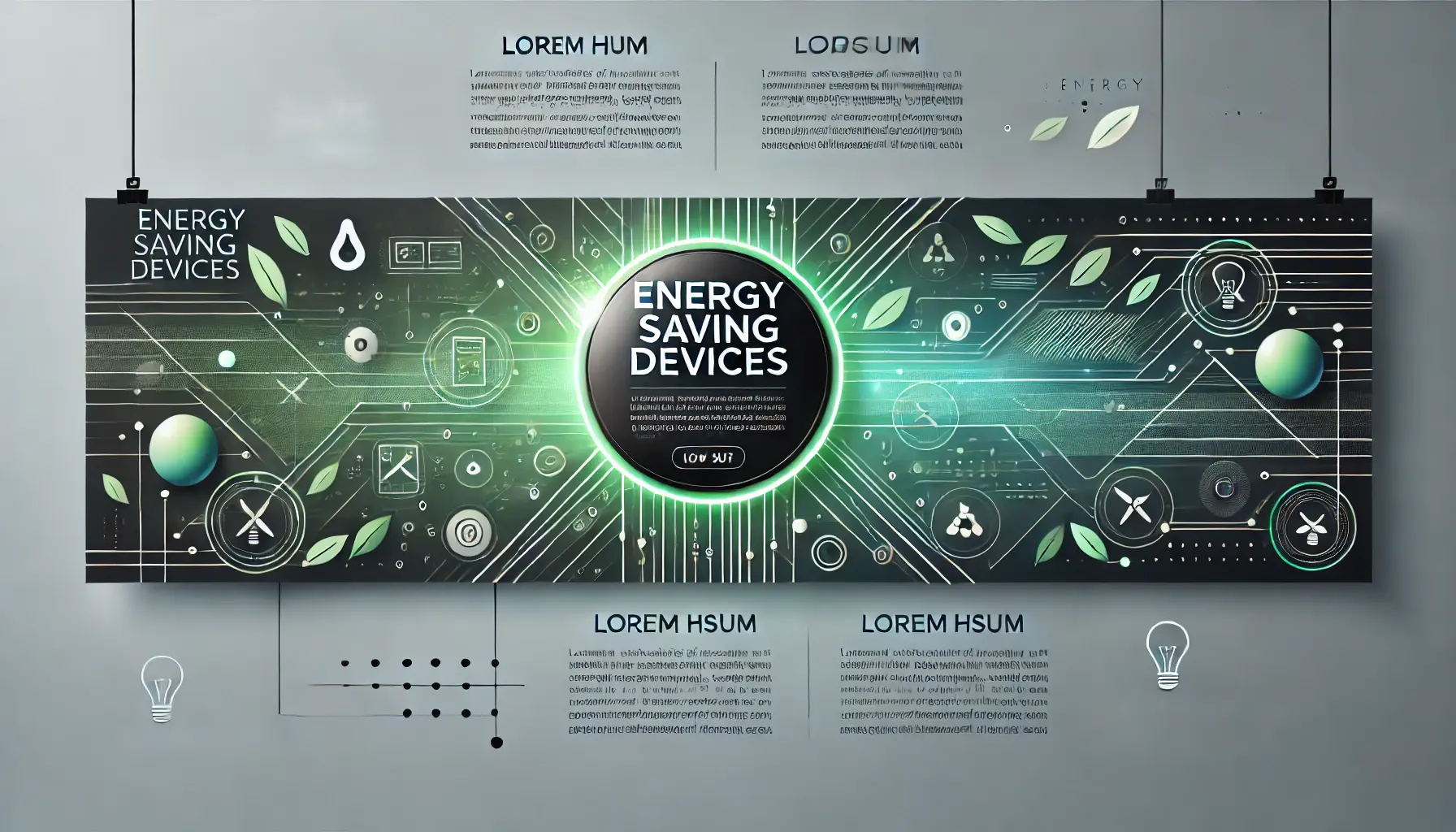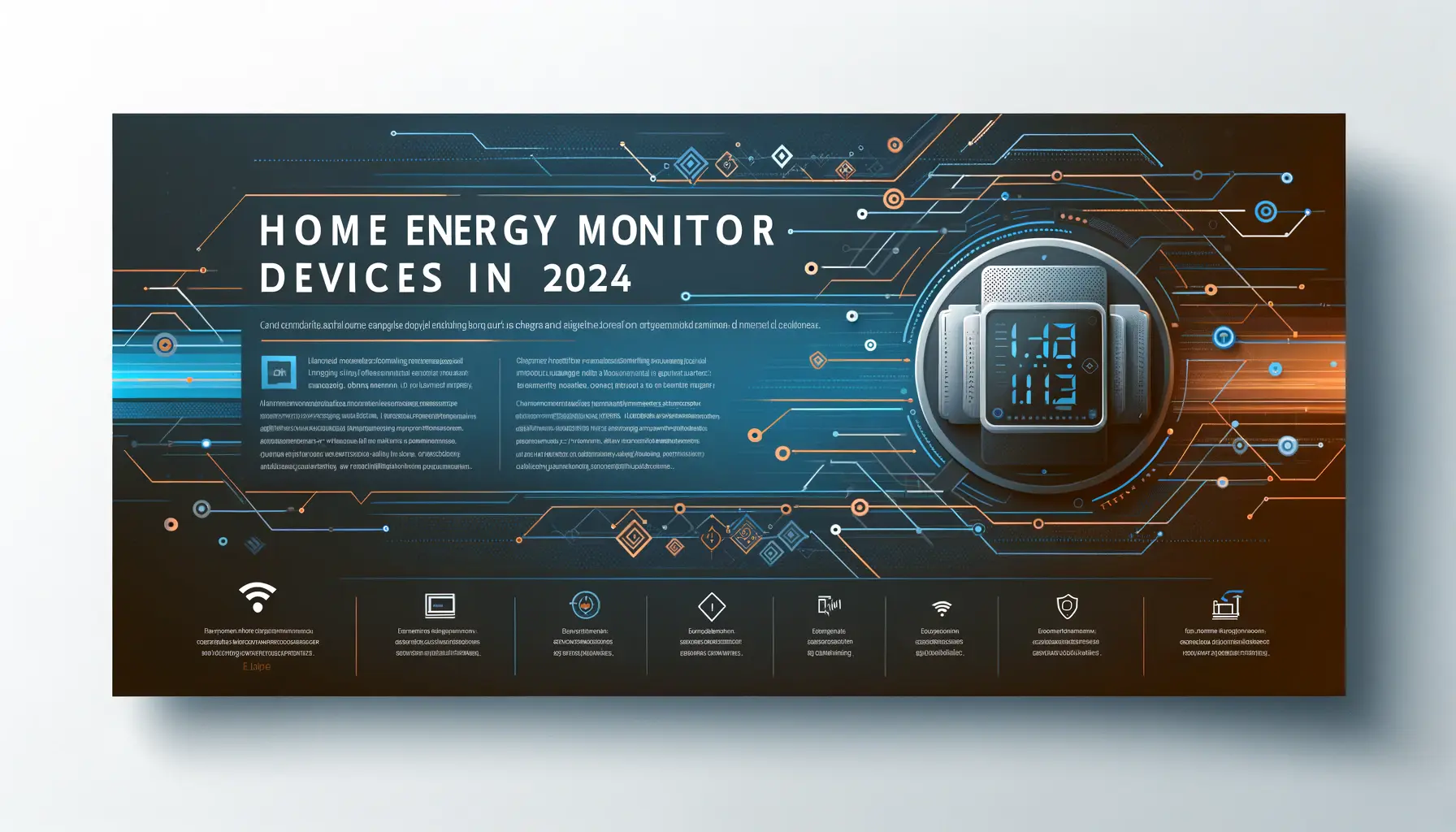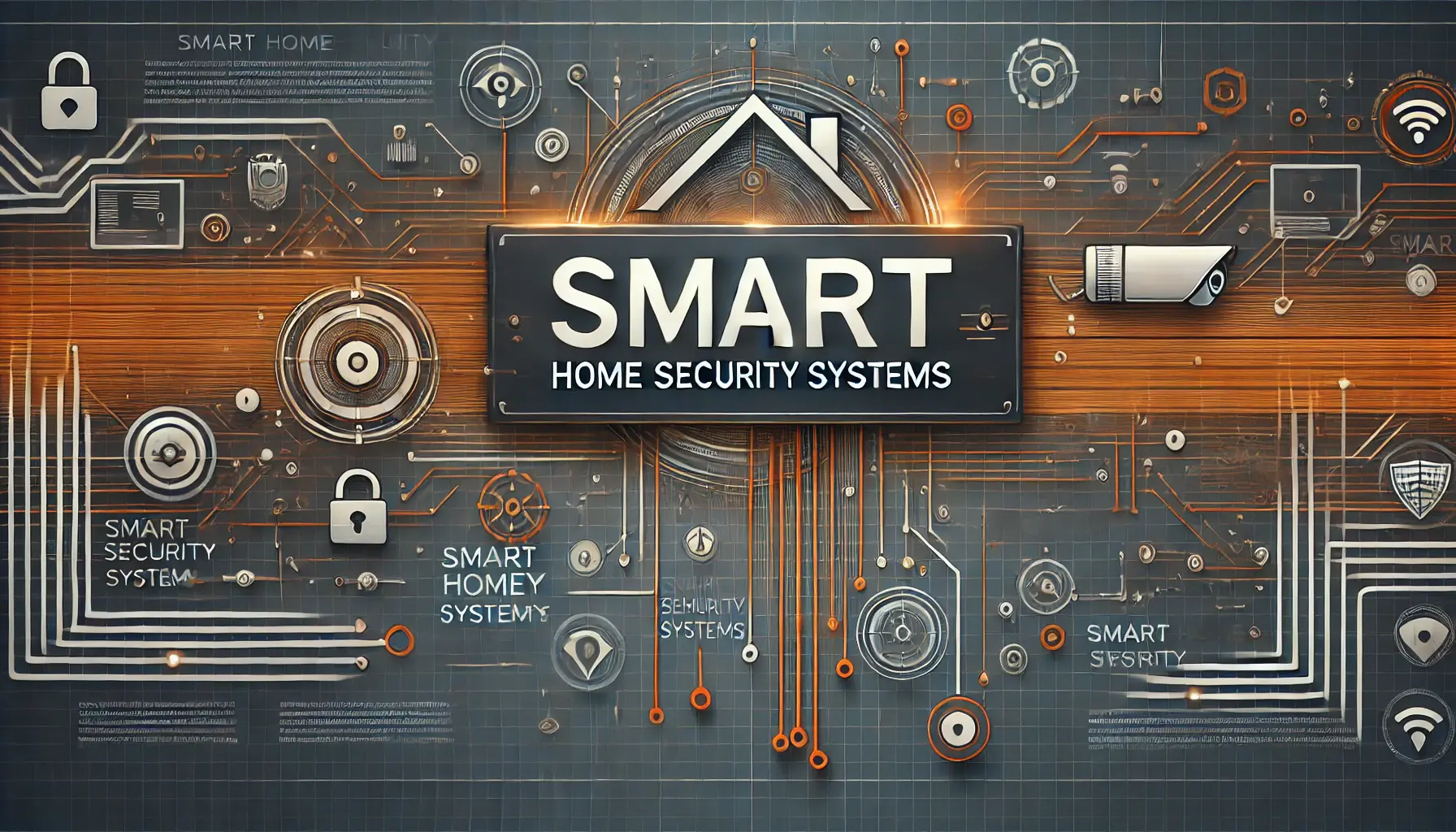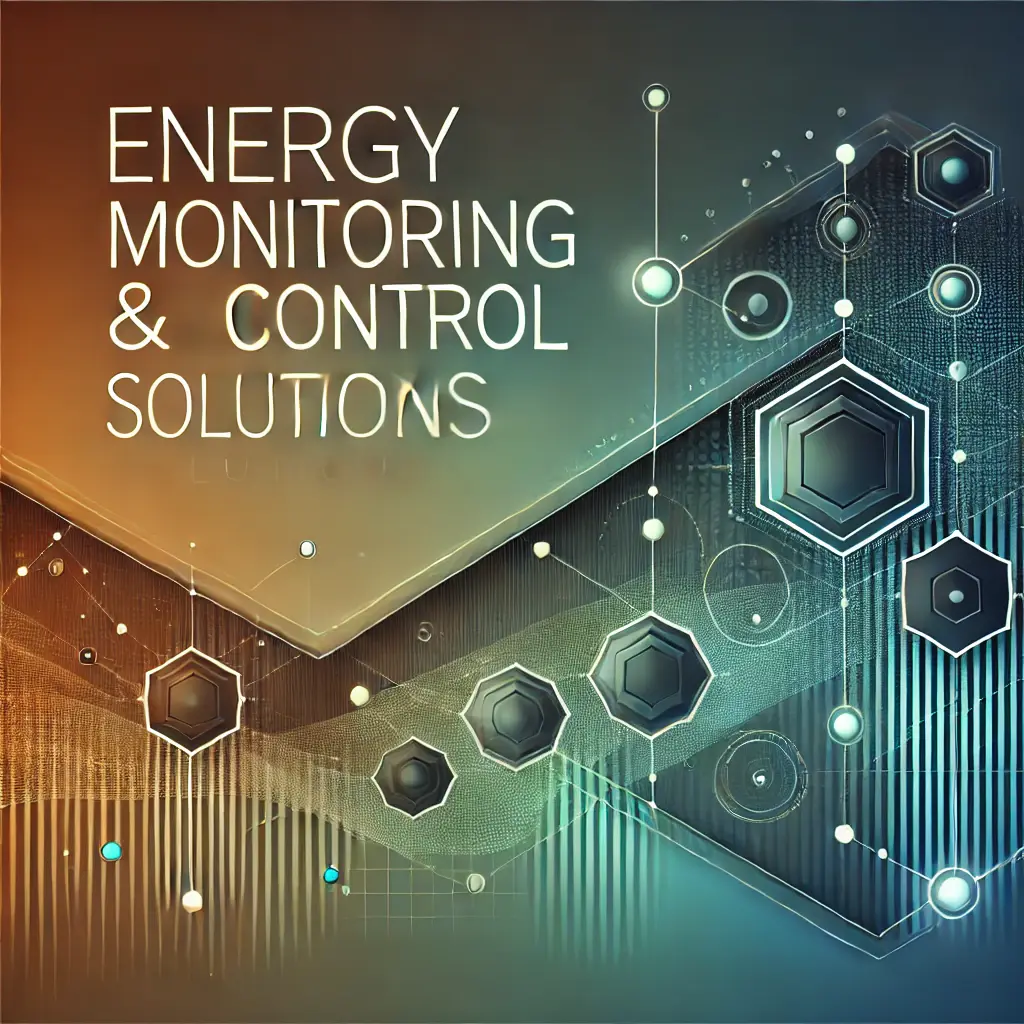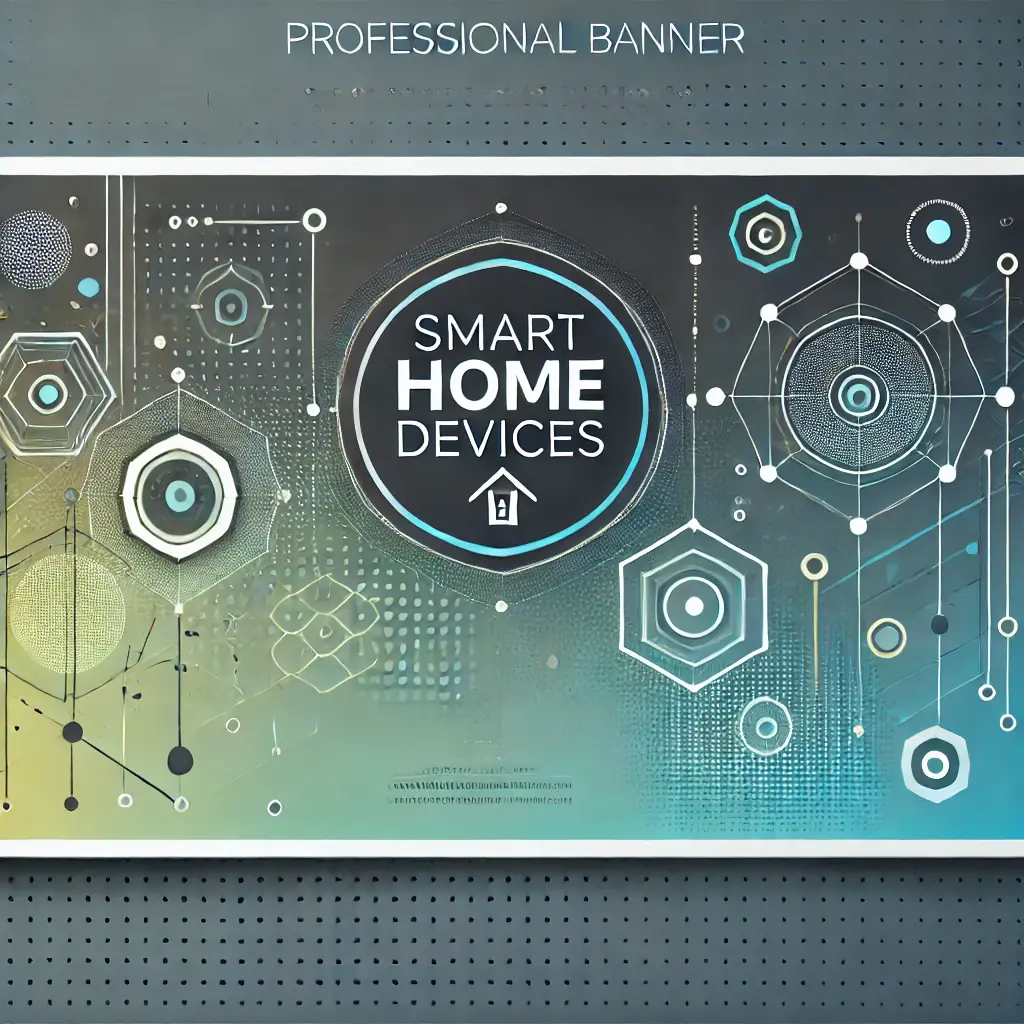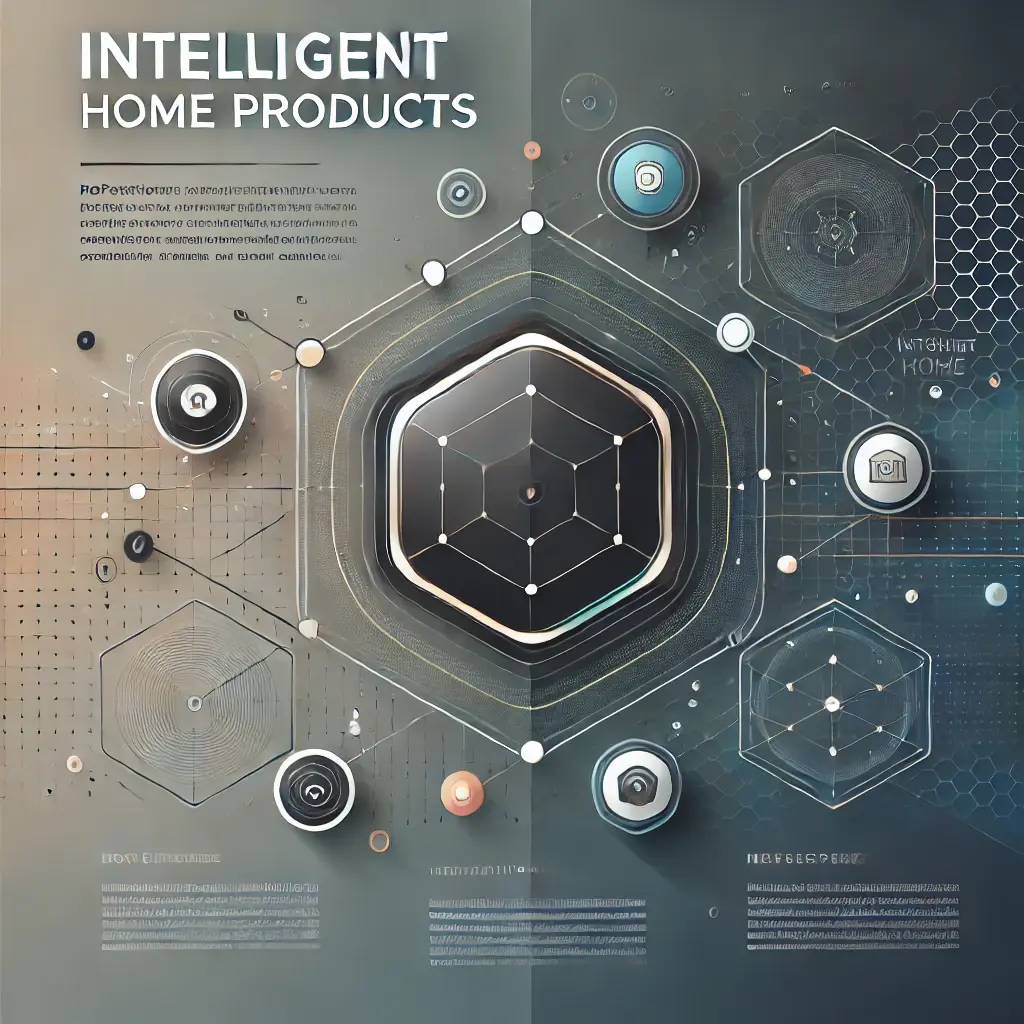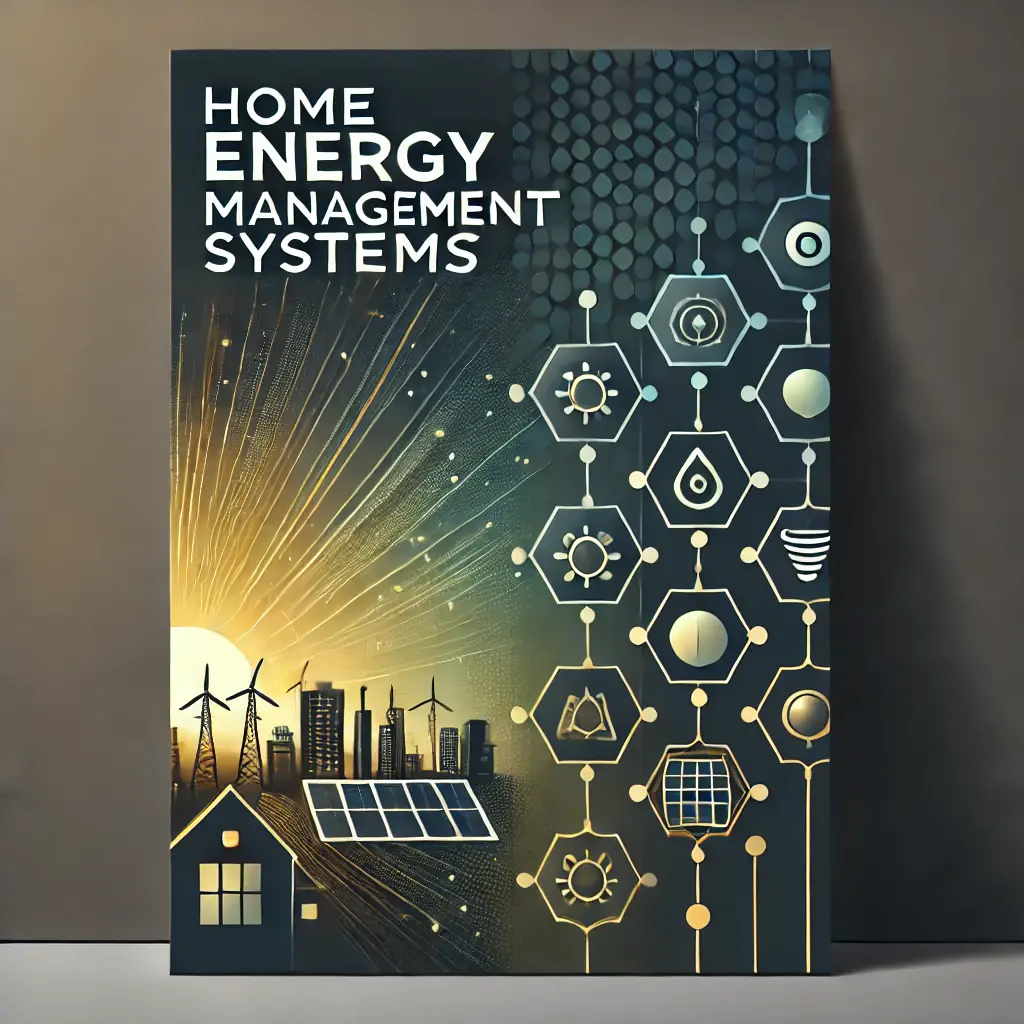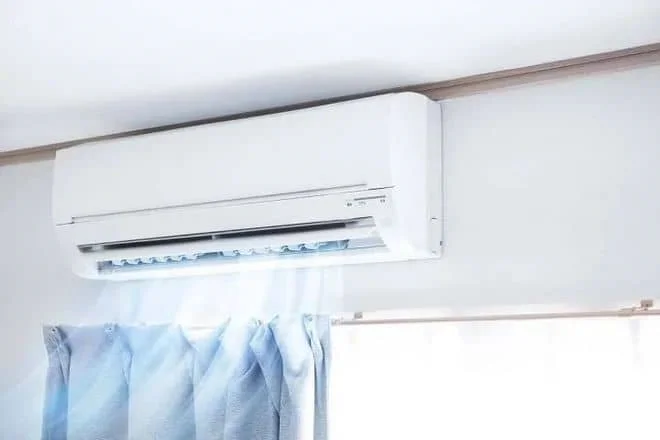
Looking for the best smart thermostat 2024? In today’s world, where convenience meets technology, these advanced thermostats are no longer a luxury—they’re a must-have for energy-conscious homeowners. These intelligent devices learn your schedule, adjust settings automatically, and can be controlled remotely through smartphone apps, making them indispensable for modern homes. As energy efficiency and sustainability become increasingly important, investing in a smart thermostat is a practical step towards reducing utility bills and minimizing environmental impact.
This article explores the top five smart thermostats of 2024, highlighting their features, benefits, and drawbacks to help you make an informed decision. We’ll delve into the Ecobee Smart Thermostat Premium, Google Nest Learning Thermostat, Amazon Smart Thermostat, and more, providing a comprehensive overview of each product.
1. Ecobee Smart Thermostaat Premium
Kenmerken en voordelen
The Ecobee Smart Thermostat Premium stands out as one of the best smart thermostat 2024, offering a plethora of features designed to optimize home comfort and energy efficiency. Key features include:
- Ingebouwde Alexa Smart Speaker: This thermostat doubles as a smart speaker, allowing voice control for various home automation tasks. It supports Amazon Alexa, Apple HomeKit, and Google Assistant, providing versatile integration with different smart home ecosystems.
- Afstandsbediening SmartSensor: The included SmartSensor helps balance temperatures across your home, ensuring that every room is comfortable. It detects occupancy and adjusts settings accordingly, enhancing both comfort and energy savings.
- Luchtkwaliteitsmonitor: The built-in air quality monitor provides insights into indoor air quality, alerting you to potential issues and suggesting solutions.

Voor- en nadelen
Voordelen:
- Uitstekende temperatuurregeling: The thermostat’s ability to use indoor humidity data ensures precise temperature adjustments, keeping your home consistently comfortable.
- Beste privacybeleid in zijn klasse: Ecobee is committed to protecting user data, with a robust privacy policy that ensures your information remains secure.
- Uitgebreide slimme functies: From voice control to remote sensors, the Ecobee Smart Thermostat Premium offers a wide range of features that enhance its functionality.
Nadelen:
- Hogere prijsMet een prijs van $ 250 is deze thermostaat aan de prijzige kant vergeleken met andere modellen.
- Complexe opstelling: Installation can be challenging, particularly for users without a common wire (C-wire). However, Ecobee provides a C-wire adapter to simplify the process.
Prijs $250
- Aankooplinks:
The Ecobee Smart Thermostat Premium is ideal for homeowners looking for a high-end, feature-rich thermostat that offers excellent performance and integration with various smart home systems.
2. Google Nest Learning Thermostaat
Kenmerken en voordelen
The Google Nest Learning Thermostat is renowned for its AI-powered learning capabilities, making it one of the smartest thermostats on the market. Key features include:
- AI-gebaseerd leren: The Nest thermostat learns your schedule and temperature preferences, automatically adjusting settings to optimize comfort and energy savings. Over time, it becomes more efficient, ensuring your home is always at the desired temperature.
- Strak ontwerp: With its modern design, the Nest Learning Thermostat looks great in any home. It features a high-resolution display that shows temperature, weather, and time.
- Afstandssensoren: Optional remote sensors can be placed in different rooms to monitor and adjust temperatures, ensuring even heating and cooling throughout your home.

Voor- en nadelen
Voordelen:
- Eenvoudige installatie: The Nest Learning Thermostat is relatively easy to install, especially for homes with a common wire.
- Uitstekende AI-leermogelijkheden: The AI algorithms effectively learn and adapt to your habits, reducing the need for manual adjustments.
- Integratie met Nest-apparaten: The thermostat works seamlessly with other Nest devices, such as security cameras and smoke detectors, enhancing overall home automation.
Nadelen:
- Hogere kosten: Met een prijs van $ 250 is de Nest Learning Thermostat een van de duurdere opties die beschikbaar zijn.
- Extra kosten voor afstandssensoren:Afstandsbedieningssensoren worden apart verkocht. Als u besluit ze te gebruiken, worden de totale kosten hierdoor hoger.
Prijs $250
- Aankooplinks:
The Google Nest Learning Thermostat is perfect for tech-savvy homeowners who want a thermostat that learns and adapts to their lifestyle, providing optimal comfort and energy efficiency. If you’re upgrading, consider alerende thermostaatthat adapts to your routine for maximum comfort.
3. Amazon slimme thermostaat
Kenmerken en voordelen
The Amazon Smart Thermostat is a budget-friendly option that offers essential smart features without the high price tag. Key features include:
- Basisbedieningen: The thermostat is easy to use, with simple up and down arrows for adjusting the temperature. It can also be controlled via the Alexa app on your smartphone.
- Alexa-integratie: Although basic, the thermostat integrates well with Amazon Alexa, allowing for voice control and automation through compatible devices.
- Brede HVAC-compatibiliteit: The Amazon Smart Thermostat is compatible with a wide range of HVAC systems, making it a versatile choice for many homes.

Voor- en nadelen
Voordelen:
- Goedkoop: Met een prijs van $ 80 is de Amazon Smart Thermostat een van de meest betaalbare slimme thermostaten op de markt.
- Eenvoudig te gebruiken:Het eenvoudige ontwerp maakt het apparaat eenvoudig te bedienen, zelfs voor mensen die niet zo technisch onderlegd zijn.
- Brede compatibiliteit:Het werkt met verschillende HVAC-systemen, waardoor een brede toepasbaarheid gegarandeerd is.
Nadelen:
- Geen afstandsbedieningssensoren: Unlike higher-end models, this thermostat does not support remote sensors, limiting its ability to balance temperatures across multiple rooms.
- Beperkte slimme functies: The thermostat offers basic smart features and lacks some of the advanced functionalities found in more expensive models.
Prijzen
- Amazon: $80
- Aankooplink:
The Amazon Smart Thermostat is an excellent choice for budget-conscious homeowners who want basic smart features and Alexa integration without breaking the bank.
4. Mysa Slimme Thermostaat (v2)
Kenmerken en voordelen
The Mysa Smart Thermostat (v2) is specifically designed for high-voltage electric heating systems, such as baseboard heaters, in-wall heaters, and ceiling heaters. This smart thermostat brings modern convenience and energy efficiency to these traditionally less efficient heating systems. Key features include:
- Compatibiliteit met hoogspanningssystemen: Unlike many smart thermostats, the Mysa is designed to control 120-240V electric heating systems, making it a unique solution for homes with electric baseboards or other high-voltage heaters.
- Planning en geofencing: Mysa allows you to create detailed heating schedules and uses geofencing to adjust the temperature based on your location. This ensures your home is warm when you arrive and saves energy when you’re away.
- Eco-modus: The Eco Mode feature subtly adjusts the temperature to save energy without compromising comfort, claiming up to 26% savings on annual heating costs.
- Afstandsbediening via app: You can control the Mysa thermostat from anywhere using the dedicated smartphone app, allowing for real-time adjustments and monitoring.

Voor- en nadelen
Voordelen:
- Ontworpen voor hoogspanningssystemen: Ideaal voor woningen met elektrische plintverwarming of andere hoogspanningssystemen.
- Energiebesparing: The scheduling, geofencing, and Eco Mode features collectively help in reducing energy consumption significantly.
- Eenvoudige installatie: Mysa thermostats are relatively easy to install with clear instructions, though dealing with high voltage may require professional assistance.
Nadelen:
- Hogere kosten voor multi-room-opstellingen: Since electric baseboards usually require a thermostat in each room, outfitting an entire home can be costly.
- Geen koelregeling:Mysa is uitsluitend bedoeld voor verwarmingssystemen en regelt geen koelsystemen.
Pricing $120 – $149
- Aankooplinks:
The Mysa Smart Thermostat (v2) is perfect for homeowners looking to bring smart control to high-voltage electric heating systems, offering significant energy savings and improved comfort.
5. Grus EcoNet-HP warmtepompthermostaat
Kenmerken en voordelen
The Grus EcoNet-HP Heat Pump Thermostat is a versatile and advanced thermostat specifically designed for heat pump systems. It integrates seamlessly with various smart home devices and offers a range of features to optimize energy efficiency and comfort. Key features include:
- Leervermogen: The EcoNet-HP learns your schedule and preferences, automatically adjusting the temperature to save energy while maintaining comfort.
- Geofencing: This feature uses your smartphone’s location to adjust the thermostat when you leave or return home, ensuring efficient energy use.
- Afstandsbediening: Control your thermostat from anywhere using the user-friendly app, making it easy to adjust settings on the go.
- Smart Home-integratie: Compatible with Amazon Alexa, Google Home, and Apple HomeKit, allowing for voice control and integration with other smart home devices.
- Energieverbruiksrapporten: Provides detailed insights into your energy consumption, helping you identify and eliminate energy waste.

Voor- en nadelen
Voordelen:
- Uitgebreid energiebeheer:Het leervermogen en de geofencingfuncties zorgen voor optimaal energieverbruik en comfort.
- Smart Home-integratie: Werkt naadloos samen met grote smart home-platforms voor meer gemak.
- Gezondheid en comfort: Zorgt voor een stabiele temperatuur en draagt zo bij aan een gezondere leefomgeving.
Nadelen:
- Vereist C-draad voor installatie: If your existing setup lacks a C wire, installation may require additional effort or professional help.
- Initiële kosten: At $139, it is a mid-range option, but the energy savings can offset the initial investment over time.
Prijs $139
- Aankooplink:
The Grus EcoNet-HP Heat Pump Thermostat is an excellent choice for homeowners with heat pump systems looking to improve energy efficiency and integrate their thermostat into a smart home ecosystem.
Voordelen van slimme thermostaten
Energie-efficiëntie
Smart thermostats are designed to optimize energy use, which can lead to significant savings on your utility bills. They achieve this through features like learning schedules, geofencing, and remote control, which allow for precise temperature management. By reducing the amount of time your HVAC system runs unnecessarily, smart thermostats help decrease overall energy consumption.
Comfort en gemak
Automated adjustments ensure that your home is always at the ideal temperature without manual intervention. Whether you’re using geofencing to ensure your home is comfortable when you arrive or remote control to adjust settings on the fly, smart thermostats offer unmatched convenience.
Integratie met slimme huizen
Many smart thermostats integrate seamlessly with smart home systems such as Amazon Alexa, Google Home, and Apple HomeKit. This allows for voice control and the ability to create complex automation routines that include your thermostat. For example, you can set your thermostat to adjust when you lock your smart door lock or when your security system is armed.
Factoren om te overwegen bij het kiezen van een slimme thermostaat
Compatibiliteit met HVAC-systeem
Before purchasing a smart thermostat, it’s crucial to ensure that it is compatible with your existing heating and cooling system. Some thermostats are designed specifically for low-voltage systems, while others are intended for high-voltage electric heating. Check the manufacturer’s website or consult with an HVAC professional if you’re unsure.
Belangrijkste kenmerken
Consider what features are most important to you, such as learning capabilities, geofencing, remote sensors, and smart home integration. Advanced features like AI learning and detailed energy reports can significantly enhance the functionality and efficiency of your thermostat.
Gemakkelijk te installeren en te gebruiken
While many smart thermostats are designed for DIY installation, some setups may require professional assistance, especially if your system lacks a common wire (C wire). Additionally, choose a thermostat with an intuitive interface and a user-friendly app to ensure ease of use.
Privacy en beveiliging
Ensure that the smart thermostat you choose has robust privacy policies and data protection measures. Check how your data will be used and whether it is shared with third parties. A thermostat that prioritizes privacy will help keep your personal information secure.
Conclusie
Vergelijkingstabel
| Functie | Ecobee Slimme Thermostaat Premium | Google Nest Learning Thermostaat | Amazon slimme thermostaat | Mysa Slimme Thermostaat (v2) | Grus EcoNet-HP Warmtepompthermostaat |
|---|---|---|---|---|---|
| Prijs | $250 | $250 | $80 | $120 – $149 | $139 |
| Ingebouwde slimme luidspreker | Yes | No | No | No | No |
| Afstandssensoren | Ja (inbegrepen) | Ja (apart verkrijgbaar) | No | No | No |
| AI-leren | Yes | Yes | Basis (Alexa Hunches) | No | Yes |
| Geofencing | Yes | Yes | Yes | Yes | Yes |
| Smart Home-integratie | Alexa, Google, Apple HomeKit | Google Home, Alexa | Alexa | Alexa, Google, Apple Home | Alexa, Google, Apple HomeKit, Tuya |
| Luchtkwaliteitsmonitor | Yes | No | No | No | No |
| Hoogspanningsregeling | No | No | No | Yes | No |
| Verenigbaarheid | Breed (laagspanningssystemen) | Breed (laagspanningssystemen) | Breed (laagspanningssystemen) | Hoogspanningssystemen | Warmtepompsystemen |
| Energierapporten | Yes | Yes | No | Yes | Yes |
| Installatiecomplexiteit | Matig tot hoog | Gematigd | Low | Gematigd | Gematigd |
This table provides a comprehensive comparison of the top five best smart thermostat 2024, highlighting their key features and differences to help you choose the best option for your home.
Investing in a smart thermostat is a practical and forward-thinking decision that can lead to significant energy savings, enhanced comfort, and greater control over your home’s climate. The Ecobee Smart Thermostat Premium and Google Nest Learning Thermostat offer advanced features and seamless integration with various smart home systems, making them excellent choices for those seeking top-tier performance. For budget-conscious homeowners, the Amazon Smart Thermostat provides essential smart features at an affordable price. The Mysa Smart Thermostat (v2) is perfect for homes with high-voltage electric heating, and the Grus EcoNet-HP Heat Pump Thermostat offers advanced features tailored for heat pump systems.
By carefully considering your needs and evaluating the features of each thermostat, you can find the perfect smart thermostat to enhance your home’s efficiency and comfort.
Oproep tot actie
Ready to enhance your home’s energy efficiency and comfort with a smart thermostat? Explore the detailed reviews and purchase the best smart thermostat for your needs. Whether you’re looking for advanced features, budget-friendly options, or specialized control for high-voltage systems, there’s a smart thermostat that fits your requirements.
Voor meer gedetailleerde informatie en om een aankoop te doen, bezoek de volgende links:
- Ecobee Smart Thermostaat Premium op Amazon
- Google Nest Learning Thermostat on Lowe’s
- Amazon Smart Thermostaat op Amazon
- Mysa Smart Thermostat (v2) bij Best Buy
- Grus EcoNet-HP warmtepompthermostaat op Grus
For personalized advice or assistance with installation, consider consulting with HVAC professionals. Take the first step towards a smarter, more efficient home today by investing in one of these top-rated smart thermostats for 2024.
VisitGrus.iofor more information and to explore additional smart home products designed to optimize your home’s energy efficiency and security.
For a comprehensive guide on selecting the best thermostat for heat pump systems, check out our article:Beste thermostaat voor warmtepomp in 2024: vergelijk wifi-, programmeerbare en slimme opties.
